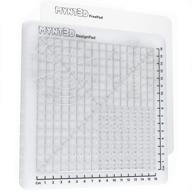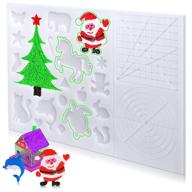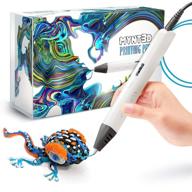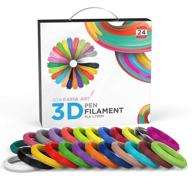
Review on 🖨️ ADIMLab Assembled Printing 310X310X410 Filament: Efficient 3D Printing Solution by Mark Jefferson

Solid low-end powerhouse
I bought a Creality3d CR-10 and sent it back twice. I spent about 20 hours troubleshooting and it cost $469. This ADIMLab printer is almost identical, allowing the same company to make both, but results vary wildly. I've been waiting for the reliability, and after running this thing almost non-stop for three weeks at large prints, I'm very pleased. ADVANTAGES: 1. It works with a relatively small configuration. Childcare is minimal compared to Creatlity. Aside from leveling the bed, this thing is also a powerhouse. 2. Print size. The overall print size is 300x300 which is why I bought this and it works. I'm using Repetier-Host v2.0 for layout and CuraEngine for slicing. You want to make sure the settings are correct. You can actually get about 315mm x 315mm, so move the partial print properly in the software [otherwise it will fall off the edge]. 3. Simple operation. There are tons of controls for this, but getting what you want is as easy as printing from an SD card. My computer and printer are side-by-side, so I prefer an SD card over wireless - I just feel like there's more control and fewer breakpoints during the 12-hour print. Minuses: 1. Sloppy. Parts were dirty/greasy. The trim was not trimmed correctly. When it comes to design, cords are everywhere. Nothing detracts from performance, but if you're sloppy about simple things, what else counts as sloppy? 2. Thread holder. this is a joke If you have a large print it will fall off which can actually cause a big problem, possibly a fire, if you don't keep an eye on it. I will build a permanent keeper for myself over the long term. Size 3. This thing is huge. You obviously know this from the 300 x 300 build area, but instead of the control box being built underneath, it should be to the side. The thread holder also increases the area. It didn't bother me since I had an extra table, but it's annoying. TIPS: Spend at least an hour straightening your bed. You see a lot of videos and follow this, but here's my advice: 1. Set up the printer and move the nozzle to its original position. 2. Adjust the control parameters "Prepare" - "Move Axis" - "X Axis" by holding the handle with one hand. 3. Prepare your other hand for the set screws under the bed. 4. Physically move your eyes at bed level next to the bed - you will look stupid. 5. Hold your hand on the handle and move 1mm by 1mm from end to end. 6. If the nozzle comes off the bed at all, tighten the screw to move the bed up to the nozzle. 7. If you have tightened the screw at all, repeat steps 5 and 6. Repeat from start to finish until you stop changing the height of the bed. 8. After one row is ok, move the Y axis back 50mm and repeat steps 5-7. It will take a lot of time. It's worth it. Don't worry about glass; If it's not super deformed, it will work fine. If the PLA comes out of the nozzle, the problem is not a clog. The problem almost always lies in the alignment of the bed. It's really touching, only vacuuming can make it out of level, so level it again. The more you do this the easier it gets and you can re-download everything in 5 minutes.
- 90% pre-assembled 3D printer, two Z motors and two Y rails, eccentric nut kit to attach X/Y/Z pulleys or carriages, making the movement more stable and precise
- Doubtful purchase for elderly
New products
Comments (0)
Top products in 🖨️ 3D Printers

🖨️ IFUN 3D Printing Liquid Resin: High-Quality Innovative Solution

5 Review
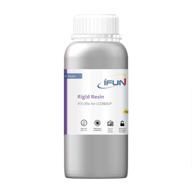
UV Curing Standard Photopolymer Printer by IFUN

5 Review
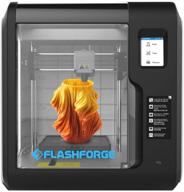
Flashforge Adventurer 3D Printer with Detachable Precision Leveling System

6 Review
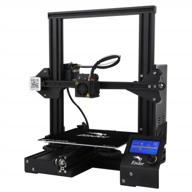
Economic Ender 3D Printer DIY Kit With Resume Printing Function, Large Printable Area Of 220X220X250MM By Creality 3D

18 Review


